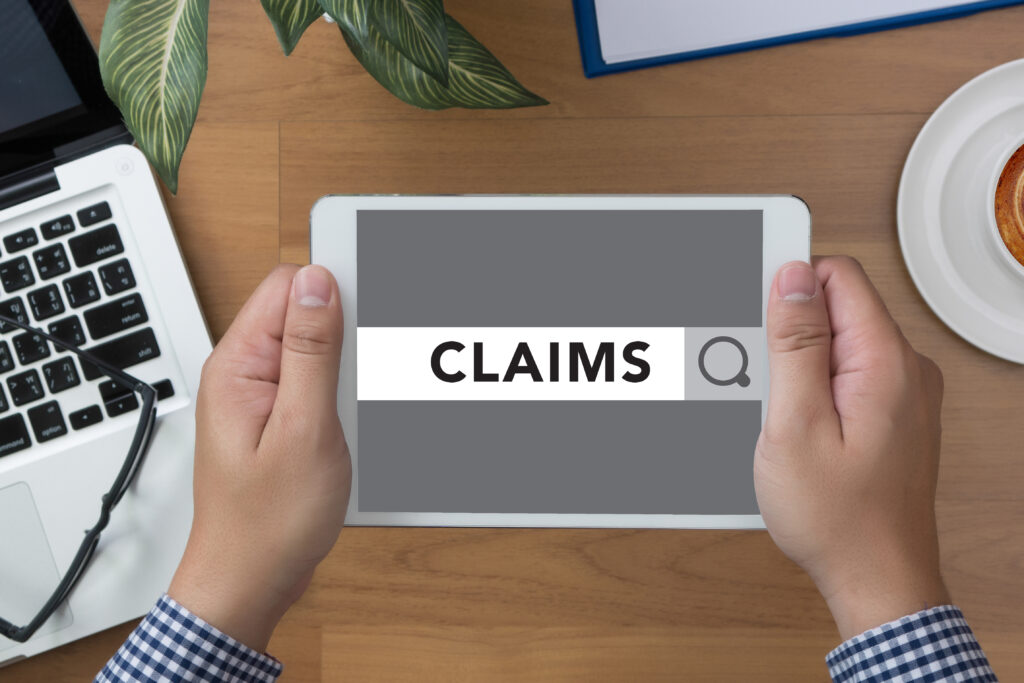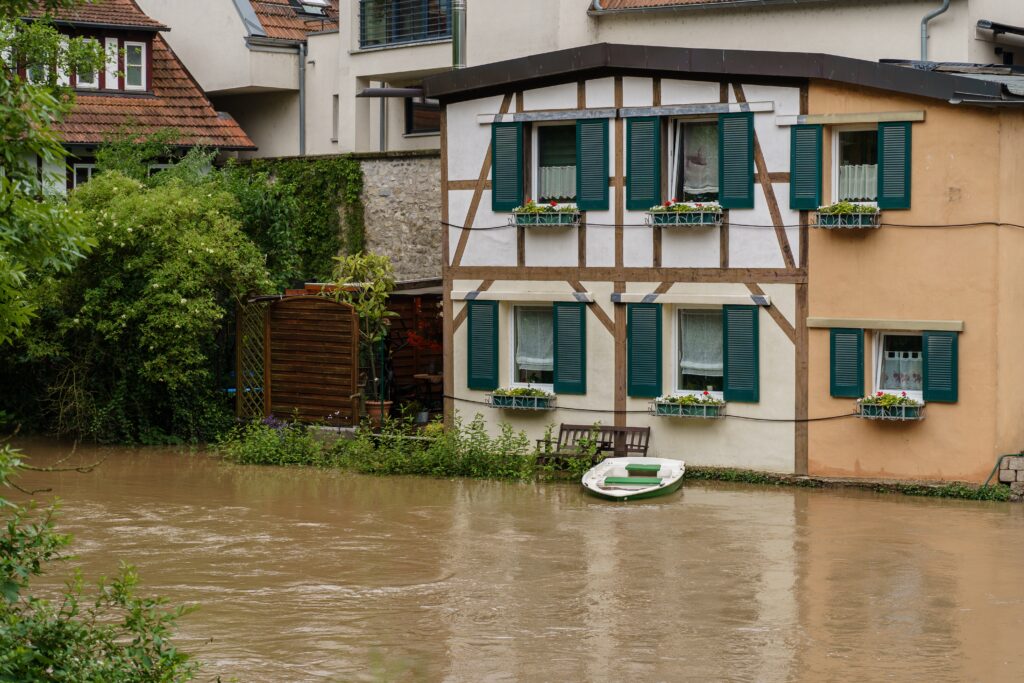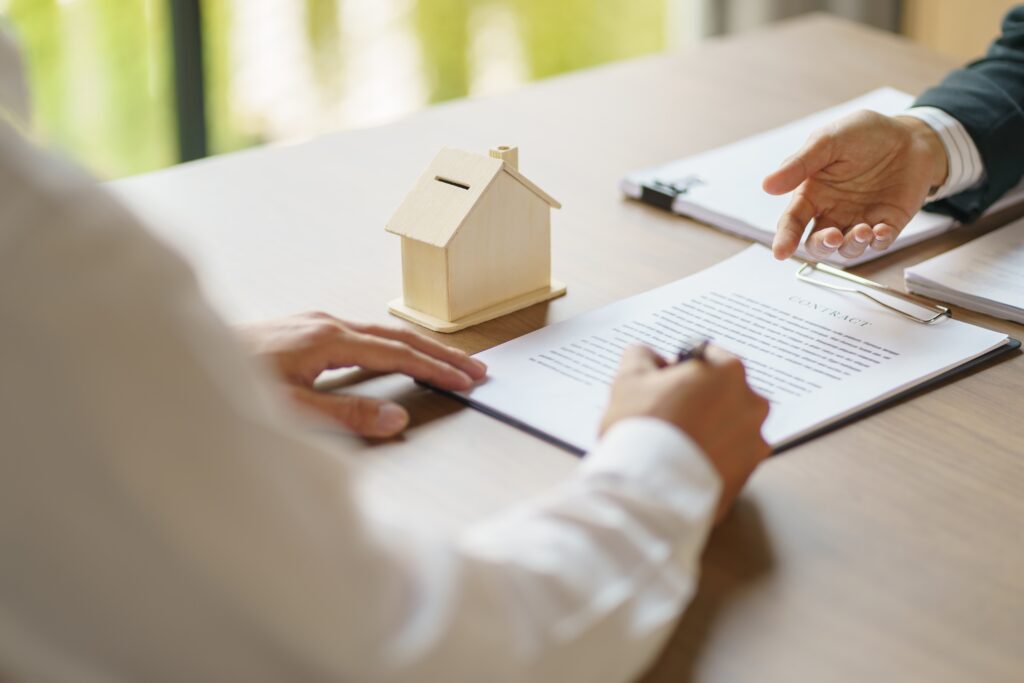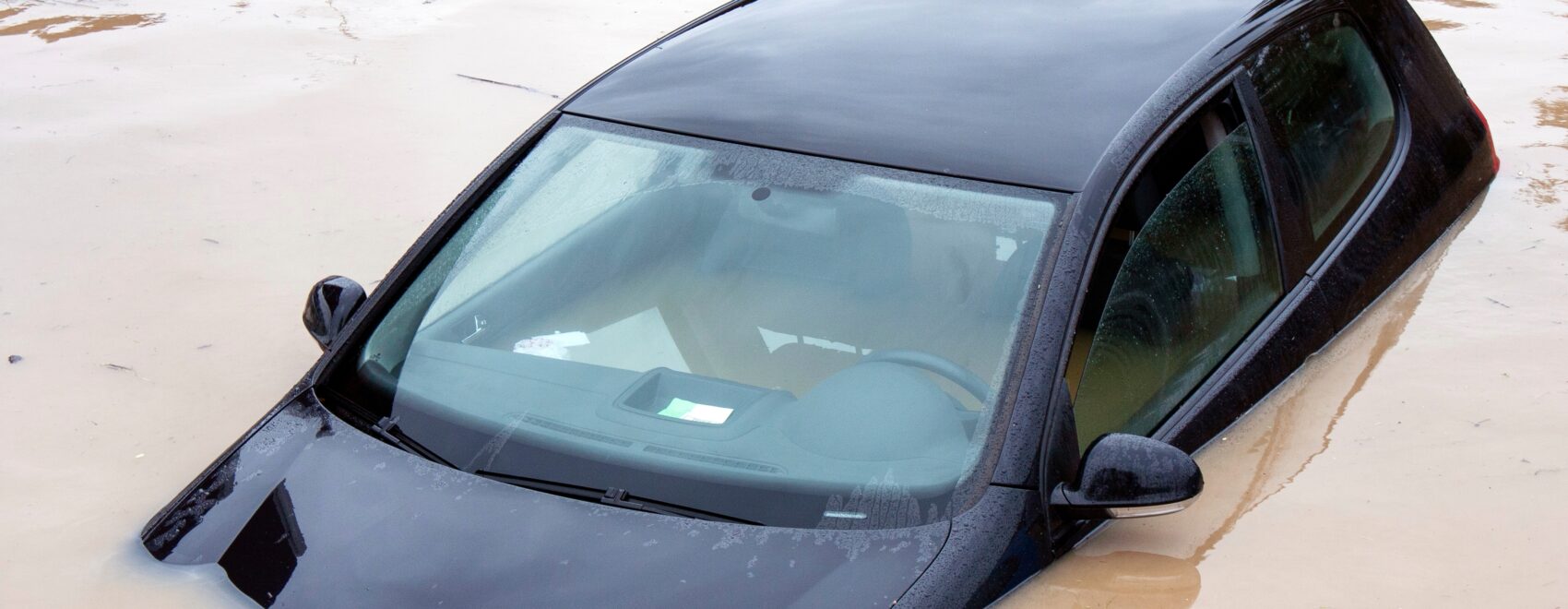The United States is no stranger to the threat of flooding. Every year, flash floods, overflowing rivers, or coastal surges wreak havoc across the country, causing billions of dollars in flood damage.
Recent research shows that the financial impact of flooding is somewhere between $179.8 and $496.0 billion annually. The total figure equates to one to two percent of the U.S. GDP, with almost a third of that going on insurance payouts.
If you were recently affected by a flood and need to make a claim, contact a Lousiana flood damage attorney as soon as possible. You cannot trust your flood insurance to do the right thing for you.
The Importance of Coverage
In short, flood damage insurance has never been more important, especially for those living near water. Recent flooding in Kentucky, California, and Vermont only underscores the importance of good flood damage insurance.
Nothing can prepare a family for the specific effects of extensive flooding, so it is wise to always prepare for the worst. In the event your home or property is damaged by flooding, there are steps homeowners can follow to help their insurance claims.
What is Flood Insurance?
Flood insurance is a kind of property insurance. Most commonly, homeowners buy flood insurance to safeguard against water damage, mainly due to flooding, including:
- Rainstorms;
- Snowmelt;
- Tropical storm surges;
- Blocked storm drains;
- Levee Dam breaches.
The majority of Americans receive flood assistance from the federal National Flood Insurance Program (NFIP). Flood insurance policy prices depend on whether one lives in a designated flood zone and other factors like property age, floor count, and height.
However, what drives the flooding is key to knowing how it works, and sometimes, a customer may not be covered at all. For instance, hurricane damage may not be covered because the policy only covers rising water damage, not wind-driven rain flooding.
How Flood Insurance Works
There are different types of flood insurance. While flooding may occur in a windstorm, your policy might not cover it, so knowing which flood damage coverage one needs for their location requires some research and understanding.
For instance, NFIP offers coverage of building structures and their contents. Building coverage will pay out for damage to the following:
- Electrical and water systems, like plumbing;
- Water heaters and furnaces;
- Household appliances such as cooking stoves, dishwashers, or refrigerators.
- Fitted carpets;
- Non-portable cabinets, bookcases, and dry-walled areas.
- Window blinds and drapes;
- Home foundations, staircases, and anchorage systems;
- Separate garages or carports;
- Fuel tanks, well water, solar energy panels, and related apparatus.
What Flood Insurance Doesn’t Cover
Technically speaking, a flood insurance policy will cover any water damage on otherwise dry land. You may receive groundwater flooding from a backed-up sewer or drainage system that isn’t covered unless the homeowner can prove it came from a flood.
There is a myth that those living in Special Flood Hazard Areas (SFHAs) cannot be insured, as the NFIP was founded for that reason. The National Flood Insurance Act of 1968 required mortgage owners to purchase flood insurance to get their federally backed loans approved.
How to Improve Your Flood Damage Claim

The best way to start your claim on the right foot is to have a flood damage attorney handling every step of the process. In addition, the following are important.
Start with the Right Policy
There is a process for claiming flood insurance, and it begins with choosing the right policy. For instance, anyone living in a hurricane-heavy zone must complement their homeowners insurance with flood insurance, windstorm insurance, and sewer backup insurance.
Keeping a Log of Events
After the flood recedes, the next step is to document all the damage caused to your property. Starting an insurance claim log will help keep track of all events, leaving a timeline to which all parties can refer if necessary. This documentation makes it easier to reference your damaged property and not make errors or omissions during the claim process.
Recording All Correspondence
Tracking correspondence with all insurance companies will put you in a good position for any later complications. Taking detailed notes on all meetings and conversations leaves a paper trail, which may come in handy further down the line; if anything, it can protect the homeowner against bad-faith insurers.
Paint a Clear Picture
Keeping track of your flood claim is crucial; therefore, a record of every action related to your claim is a big help. It is important to note the dates and times of any losses. The insurers need a clear picture of what caused the damage and when.
Taking Stock of Damage
The objective of any flood damage claim is winning a sufficient payout to cover your losses. This can only happen if you account for all the damages suffered during the flood. Insurance companies will not budge until they are convinced your damage is payable, and they will seek any opportunity to say otherwise. You must justify every dollar you claim, even if you obviously deserve it.
Mitigating Further Damage
The expectation is that the property owner does everything in their power to mitigate the damage, so securing the property immediately will help. If a homeowner is accused of neglecting the property and letting further damage occur, it can complicate a claim. Your flood damage attorney can challenge any wrongful accusations against you.
Making an Inventory
The first step after suffering losses is to conduct a room-by-room review of all the flood damage caused. Some homeowners do this before any potential storm damage to be better prepared to make their claim.
A strong inventory will make any property damage claim smoother in the event of a claim. There are certain things one can do to secure their home’s contents against future flood damage:
- Recording video, photographic, or written records of all the property’s contents.
- Detailing contents in every area of the property, including basements, attics, and storage areas. By providing evidence for all your home’s contents, you will have a better chance of a successful claim.
- Finding receipts and proof of purchase for each item puts any homeowner in control when they make a potential claim. This paper trail will help.
This process is far easier before a flood occurs, however it is something homeowners fail to prioritize unless they are in the wake of a disaster. If you need flood damage insurance due to high risks, you will benefit from taking a full inventory of your belongings and house before any disaster happens.
Recording All Your Flood Damage

Ideally, any homeowner living near natural flooding risks will have an inventory of all their home’s contents. With this already established, homeowners can claim each item’s value without dispute.
In the aftermath of a flood, most homeowners want to recover from the shock and move on with their lives. If they haven’t already made an inventory, documenting damage begins here.
Before throwing flood-ruined items away, homeowners must provide the following for their claim:
- Videos or photos of the damage, which include structural damage and personal contents. Even photos of cabinet or cupboard interiors where clothes or other items are damaged.
- Serial numbers of each ruined item.
- Receipts of sale, if possible.
- Samples of destroyed wallpaper, carpets, furniture, or upholstery that will form part of your claim.
Once these steps are covered, call repair services to move forward on repairing your property’s electrical, water, or gas heating system. However, it’s crucial to communicate with the insurers before moving ahead with this step.
After a flood, homeowners will need to repeat this inventory to help with an insurance claim, though with slightly different steps. These steps include:
Taking Photos or Video of the Damage
Numerous photos of any damaged items are necessary to establish the flood damage. Insufficient documentation of your losses means you risk not receiving their fair value.
Storing the Items Safely
To ensure each damaged item is accounted for in the claim, the policyholder must store the damaged items safely, away from other property and effects. The goods will need to be available for the insurers to inspect.
Making Written Descriptions of Each Item
Your inventory must include a description of the possessions, a breakdown of their damage, and the cost of replacement. Every item has value, and some policies will replace the possession, whereas others will only cover its current worth.
Showing Proof of Purchase
Sensible homeowners will already have a list of all their home’s contents, with receipts and serial numbers organized carefully. However, many people do not have the time or energy to be so meticulous, so anything that shows the item’s value before the flood occurs can be helpful.
Lost Rent, Income, or Additional Costs
You may need to seek temporary accommodation, which can cost a lot of money, especially if multiple family members are involved. It’s essential to keep stock of any hotel or rental bills, canceled rent checks, meal receipts, and the cost of securing and cleaning the temporary property.
Furthermore, keeping an email or text message record can help your insurance claim — you need to prove all losses, including those after the event. You may need to relocate tenants in the event they are flooded out of their homes.
Mold Coverage
NFIP policies will not usually cover mold damage. Mold is a huge problem for flood victims, and the damage caused isn’t obvious at first. However, in some national emergency events, officials can block access to the home’s neighborhood, which will only worsen the mold problem.
In this case, mold damage may be covered. Moreover, if flood waters haven’t yet receded, homeowners cannot clean out their homes or inspect the secured property. This, too, might be grounds for mold coverage, though checking with one’s insurance agent or company makes sense.
The Danger of No Flood Insurance

However, it means that homes in SFHAs will pay substantially higher premiums than homeowners outside these areas. Moreover, uninsured people not living in SFHAs could face severe financial consequences if caught without coverage.
The sad fact is that many cannot afford the right insurance. For example, in 2022, Hurricane Ian swept across the States, leaving a trail of chaos in its wake. A reported minority of 18 percent of homes had flood insurance, putting uninsured flood losses near $17 billion.
The good news is that even those not living in SFHAs can qualify for federal insurance. Even if your home isn’t in an SFHA and might not require flood insurance, it might still be affected by coastal storm surges, river bank breaches, or rising flooding from drains.
Dealing With Loss Adjusters
Like a captive insurance agent representing one company, a loss adjuster does the same, looking for ways to contest a claim’s validity. A loss adjuster works directly for the insurers and will investigate the claim by visiting the site where losses occurred.
It is quite common for insurance companies to put much effort into this process, even hiring forensic specialists to conduct research on their behalf. These professionals do this for a living, and they know every technique for disputing one’s claim.
For instance, if your policy covers groundwater but not wind-driven water, they will aim to discredit your claim by saying the wind caused it. In short, loss adjusters make it their remit to help insurers pay out lower than necessary.
If this isn’t enough, a loss adjuster won’t assist any settlement dispute; instead, they will put the onus on the homeowner to prove their benefit entitlement.
What is a Loss Assessor?
A loss assessor is similar to a loss adjuster in that they investigate the extent of the claimed damages. The difference is that a loss assessor works for the claimant and their attorney, not the insurer, and will fight their corner.
Loss assessors will do everything they can to win you a fair claim, using evidence and documented losses to help you prove how much you deserve and win a settlement.
Using a Chartered Surveyor
Most insurance companies will hire a chartered surveyor to inspect any damage to your property’s structure. The biggest issue here is that the specialist may be unvetted, unqualified, and unsympathetic to a claimant’s needs.
A flood damage insurance lawyer will guide a homeowner toward using a verified charter surveyor who will give a thorough inspection.

New Orleans Flood
Damage Lawyer
Hiring a Flood Damage Lawyer
There are so many problematic areas for a flood-damaged home, and each one will cost the homeowner in the long run if they aren’t prepared. Hiring a Louisiana insurance lawyer can be the best option for those struggling to organize themselves, which is common after a natural disaster or heavy storm.
